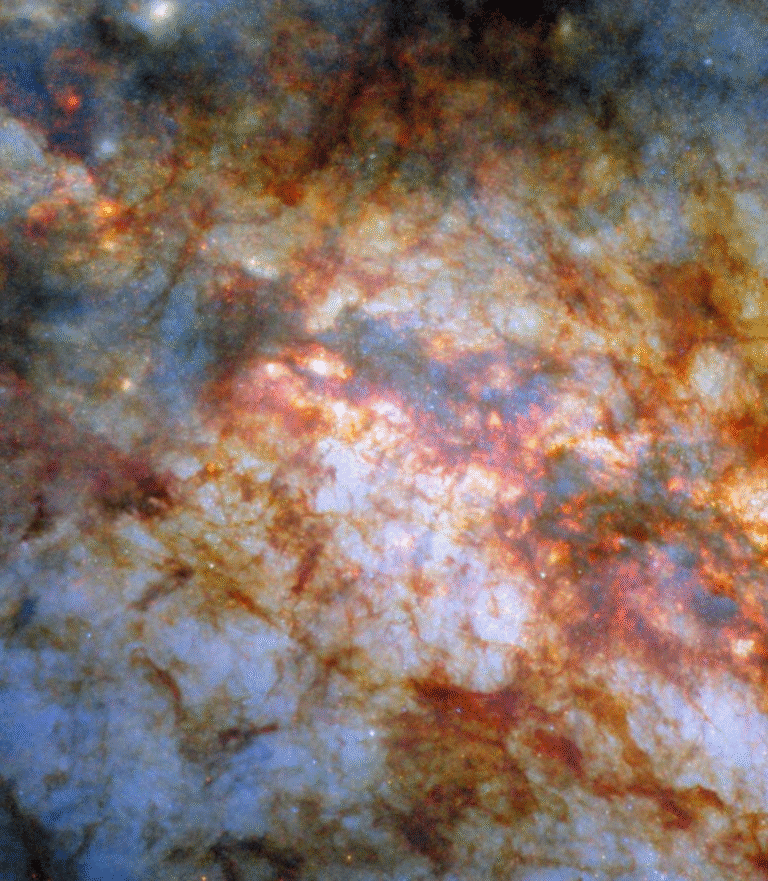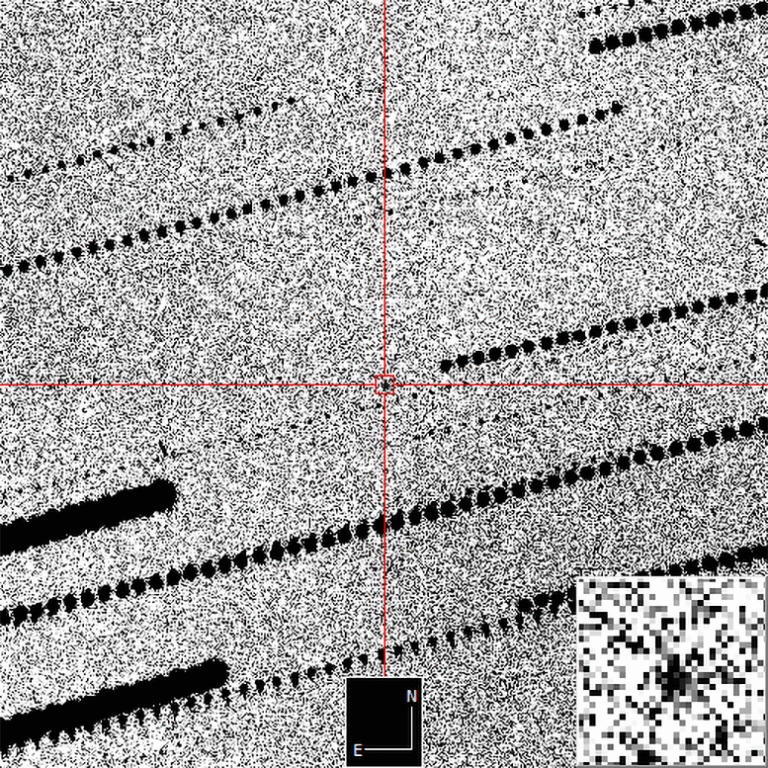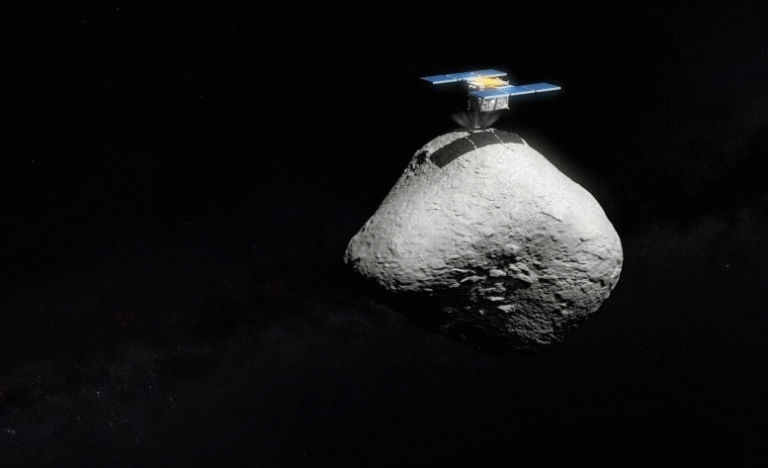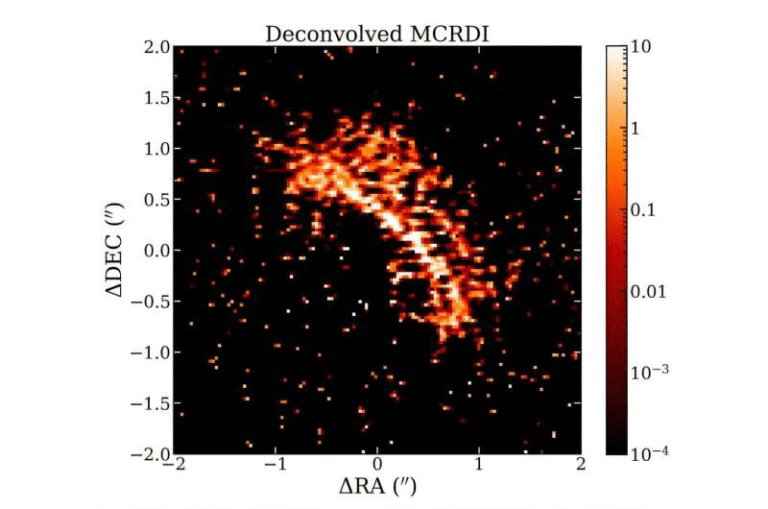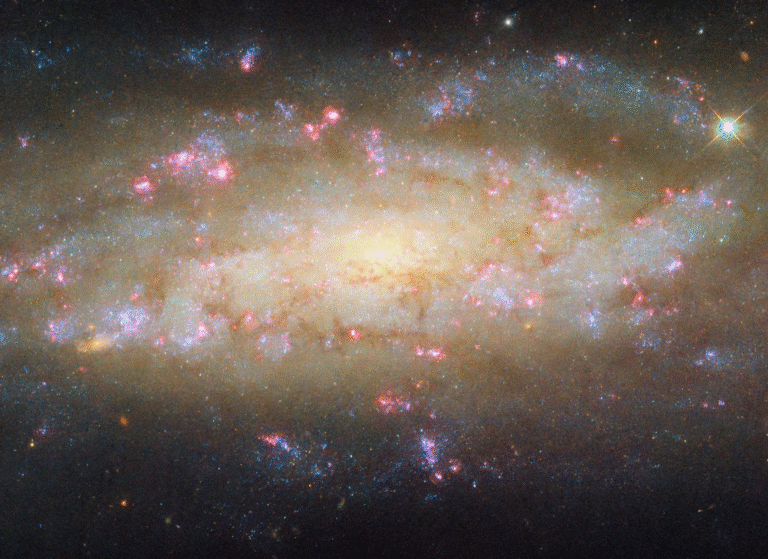October 2025 Skywatching Guide: Supermoon, Draconids, and Orionids Light Up the Night

October 2025 is shaping up to be an incredible month for skywatchers, featuring a brilliant supermoon, two meteor showers, and even a couple of visible comets. If you enjoy gazing at the night sky, this month will offer one event after another — from the Moon’s biggest and brightest appearance of the year to streaks of light created by space debris burning up in Earth’s atmosphere. Here’s a complete breakdown of what’s happening, when to look up, and what you can expect to see.

The October Supermoon – Biggest and Brightest of the Year
Mark your calendars for October 6, 2025 — that’s when the Moon will appear larger and brighter than usual. This phenomenon is called a supermoon, which occurs when the Moon reaches its full phase at the same time it’s closest to Earth in its orbit, a point called perigee.
During a supermoon, the Moon can appear up to 14% larger and 30% brighter than when it’s at its farthest point (called apogee). The effect is most noticeable when the Moon is near the horizon, where its apparent size seems even bigger due to an optical illusion.
According to NASA, the October 6 supermoon will reach its peak brightness around 11:47 p.m. Eastern Time. Observers across the globe will be able to see it, weather permitting. This particular full moon is also known as the Harvest Moon, the name traditionally given to the full moon closest to the autumn equinox.
Because the Moon will be exceptionally bright, its light will dominate the sky for a few nights before and after October 6. While this makes for beautiful moonlit evenings, it also means the brightness could interfere with viewing some of the fainter celestial events — especially the early October Draconid meteor shower.
The Draconid Meteor Shower – First Act of October’s Cosmic Show
Just days after the supermoon, the Draconid meteor shower will make its appearance. Active between October 6 and 10, it’s expected to peak around October 8, though some activity may be visible on surrounding nights.
The Draconids are the leftover dust and debris from Comet 21P/Giacobini-Zinner. When Earth passes through this trail, the tiny particles burn up in our atmosphere, producing quick flashes of light that seem to radiate from the constellation Draco, also known as the Dragon.
Under normal conditions, the Draconids are a mild meteor shower — typically producing 10 meteors per hour at peak. However, astronomers have an eye on 2025 because it may bring a meteor outburst, a short but intense burst of activity.
Researchers from NASA and independent modeling teams (like those at the Western Meteor Physics Group and the IAU’s Meteor Data Center) have simulated possible activity spikes this year. Their models indicate that Earth could cross two relatively young debris trails from the comet, one from 2005 and another from 2012.
According to a recent study on arXiv, this encounter could lead to an increased meteor rate around 15:00–16:00 UTC on October 8, 2025. However, many of these meteors might be faint, possibly only detectable by radar instruments, meaning the visible show could be limited.
For stargazers hoping to see the Draconids, the best time to look is just after sunset, when the Draco constellation sits high in the northern sky. But there’s a catch — the bright supermoon on October 6 and 7 will still light up the sky, likely washing out many faint meteors. Observers under dark, clear skies may still catch a few brighter streaks.
The Orionid Meteor Shower – Halley’s Comet Returns (Sort of)
If the Draconids don’t deliver much excitement, the Orionid meteor shower later in the month almost certainly will. The Orionids are active between September 26 and November 22, with the peak night expected on October 21.
Unlike the Draconids, the Orionids are known for their fast, bright meteors, which often leave persistent glowing trails. These meteors originate from the debris of Halley’s Comet, the same famous comet that swings by Earth roughly every 76 years. Even though the comet itself won’t return until 2061, we cross its debris trail every year around this time.
This year’s Orionids are expected to produce around 20 meteors per hour under ideal conditions. Some forecasts even suggest that rates could reach 25 meteors per hour, depending on how dense the debris trail is.
Here’s the best part — October 21 coincides with a new moon, meaning the sky will be almost completely dark. That’s excellent news for skywatchers, as it makes faint meteors easier to see.
For the best viewing experience:
- Find a dark, open location far from city lights.
- Watch from around midnight to 2 a.m. local time.
- Face the southeast if you’re in the Northern Hemisphere or the northeast if you’re in the Southern Hemisphere.
- Be patient — it can take up to 30 minutes for your eyes to fully adapt to the darkness.
The meteors will appear to radiate from the constellation Orion, which rises in the late evening sky. However, you don’t need to look directly at Orion; the streaks can appear anywhere overhead.
Because the Moon will be nearly invisible that night, conditions for viewing are about as good as they get. Expect fast, colorful meteors and, with a little luck, a few fireballs — exceptionally bright meteors that light up the entire sky for a moment.
Other Celestial Highlights in October 2025
October isn’t just about the Moon and meteor showers. A few other events will make the night sky even more interesting:
1. Two Comets on Display
Two comets are expected to make appearances this month:
- Comet C/2025 A6 (Lemmon) will reach its closest point to the Sun (perihelion) on October 8.
- Comet C/2025 R2 (SWAN) is forecast to be visible around October 20, especially in the Southern Hemisphere.
While it’s too early to say whether these comets will be bright enough to see with the naked eye, observers with binoculars or small telescopes may be able to spot them.
2. Other Meteor Activity
Along with the Draconids and Orionids, some weaker showers like the Southern and Northern Taurids will be active in late October. They usually produce fewer meteors but are known for slow, bright fireballs that can surprise you at any time of the night.
3. Key Moon Phases in October 2025
- Full Supermoon: October 6
- Last Quarter: October 13
- New Moon: October 21
- First Quarter: October 29
These lunar phases can help you plan your viewing sessions, since the darker skies near the new moon are always best for spotting meteors and faint stars.
Why Supermoons and Meteor Showers Happen
If you’ve ever wondered what causes these events, here’s a quick rundown.
Supermoons
The Moon’s orbit around Earth isn’t a perfect circle — it’s slightly elliptical. That means the Moon’s distance from Earth varies throughout the month. When the full moon occurs while it’s closest to us (at perigee), we call it a supermoon.
The term “supermoon” isn’t an official astronomical classification — it was popularized in the 1970s by astrologer Richard Nolle — but astronomers use it today because it helps describe this visually larger and brighter appearance.
Meteor Showers
Meteor showers happen when Earth passes through clouds of dust and debris left behind by comets. When these particles enter Earth’s atmosphere at high speed, they burn up and create bright streaks across the sky — what we call shooting stars.
Each meteor shower is linked to a specific parent comet:
- The Draconids come from Comet 21P/Giacobini-Zinner.
- The Orionids come from Halley’s Comet.
Because comets shed material each time they approach the Sun, these debris trails can vary in density, which is why meteor showers are sometimes stronger in certain years.
The Science Behind the 2025 Draconid Predictions
The Draconids are unpredictable — some years they barely produce a few visible meteors, while in others they burst into spectacular displays known as meteor outbursts.
A 2025 study published on arXiv modeled the orbits of dust particles from Comet 21P/Giacobini-Zinner, focusing on trails released during the comet’s 2005 and 2012 visits. The models suggest Earth will cross these trails on October 8, 2025, leading to a possible radar-detected outburst.
Most of the expected meteors are faint, meaning they’ll likely be detected with specialized radar systems rather than seen by eye. But even if you don’t spot many meteors, these events are scientifically valuable. They help researchers understand how comet dust streams evolve and interact with Earth’s orbit over time.
Astronomers around the world plan to use optical and radar observation networks to monitor this event. Coordinated campaigns like these allow scientists to refine their models for predicting future meteor activity — useful not only for astronomy enthusiasts but also for spacecraft safety, since dense dust streams can pose a hazard to satellites.
How to Make the Most of October’s Night Sky
If you plan to go out and watch the sky this October, here are a few simple tips:
- Find a dark location away from city lights. Rural areas or elevated viewpoints are ideal.
- Check the weather and moon phases before heading out. Clouds and bright moonlight can ruin visibility.
- Bring a reclining chair or blanket so you can comfortably look up for long periods.
- Avoid phone screens and flashlights for at least 20–30 minutes before observing — your eyes need time to adapt to the dark.
- Be patient. Meteor showers are random. You might see nothing for several minutes and then suddenly several meteors at once.
Whether you catch the big, glowing supermoon, the elusive Draconids, or the fiery Orionids, October 2025 will be one of the best times of the year to reconnect with the cosmos.
Research Reference:
Egal et al., Model Predictions for the 2025 October Draconid Outburst, arXiv (2025)

